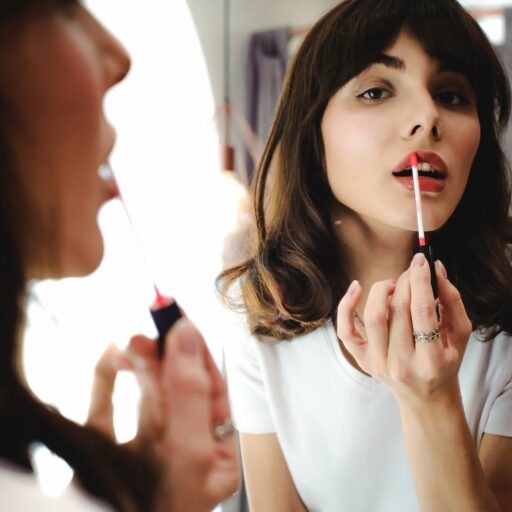In the 1880s, the first commercial lipstick was made available, and it was applied using a brush (more of a “lip-paint” than “lipstick”). By the 1920s, a lot of the female UK population was hooked on lippie, with Max Factor creating a “Lip Pomade” – later known as lip gloss. In 1940, Max Factor created Tru-Color lipstick, which was tested using the delightfully-named Kissing Machine – an apparatus that simulated kissing. They were taking research very seriously, and with the prominence of Hollywood stars all endorsing lipstick, the company’s reputation as a global fashion brand was cemented.
The 1960s and 70s saw lipstick used by pop bands, and by the late 90s it was pretty much a female necessity, as it is today.
Lipstick contains few ingredients, although different brands will differ because, whilst all have cosmetic value, some are more geared towards protection than aesthetics. All lipstick will undoubtedly contain a wax of some sort, which will be the main ingredient, along with oil (or a mixture of the two). Alcohol and pigments are the two next main ingredients, with fragrance being added at the end.
Whoever thought lipstick had such a fascinating history?
Try loads of different colours, take pictures, try different facial poses and see which colours set your face alive – practise, practise, practise!
We’ll leave you with a tip: if you have lipstick on your collar, we recommend applying it in front of a mirror!


